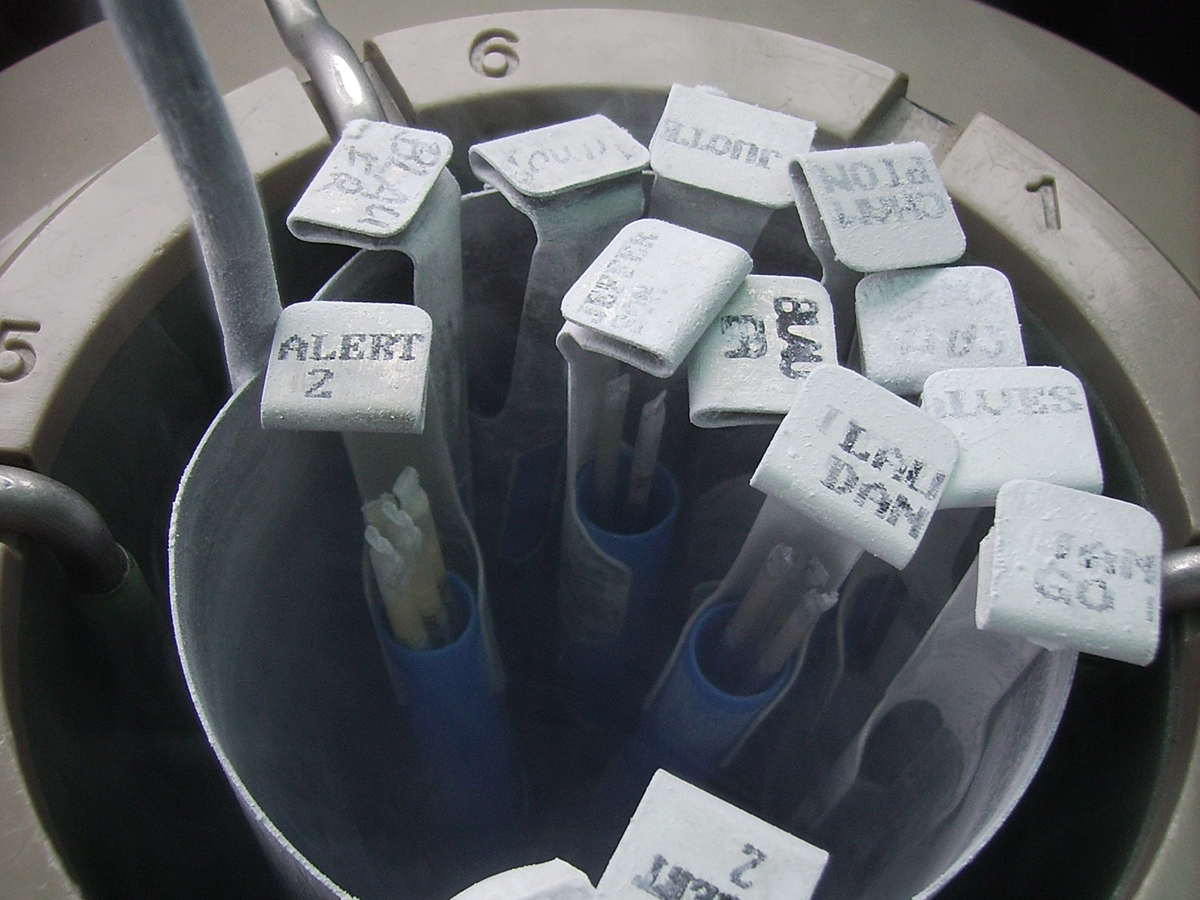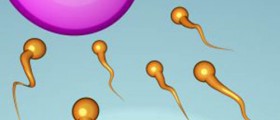
Human artificial insemination is a fertility treatment that aims to assist in conception, by means of different techniques. Techniques of human artificial insemination are not as invasive and expensive as other forms of fertility treatment.
Who are Candidates for Artificial Insemination?
Any couple unable to get pregnant despite having unprotected sexual intercourse for over a year is considered infertile. Artificial insemination is assisted reproduction treatment designed to treat male and female infertility. Male candidates for artificial insemination include those with the problem of: low sperm count, poor sperm motility, erectile dysfunction or premature ejaculation. Female candidates for this fertility treatment include those with endometriosis, blocked fallopian tubes, PCOS or cervical problems. Artificial insemination is also used in couples with unexplained fertility problems. In case of male factor infertility, a couple can be treated with artificial insemination by a donor, a technique that uses sperm of a donor. This form of assisted reproductive technology can be also used in single women and same-sex couples.
Infertile couples need to undergo full screenings prior to artificial insemination treatment. This screening involves blood tests, hormone tests, ovulation tests and sperm tests to measure sperm count and motility. In women who are infertile due to ovulation problems, fertility drugs can be used as a part of artificial insemination treatment. Considering the process of artificial insemination involves placing sperm into female reproductive system, it is important that the fallopian tubes are clear and viable.
Techniques of Artificial InseminationThere are several techniques used for assisted reproduction. Specific fertility problem will determine which technique will be used.
Intrauterine Insemination (IUI)
Intrauterine insemination is most commonly performed method of artificial insemination. This method is the most effective in couples with unexplained fertility issues and in couples in which a man has low sperm count or a woman suffers from cervical mucus problems. In intrauterine insemination procedure, washed sperm is injected directly into the uterus with the help of catheter. The procedure is carried out while women are ovulating. This technique has average success rate between 10 and 20%, which is higher than in other techniques of artificial insemination. However, the success depends on the age of a woman, whether fertility drugs have been administered or not and other factors.
Other Artificial Insemination Techniques
Intracervical insemination is a vaginal method of insemination in which semen is injected high into the cervix using a needle-less syringe. Intrafallopian insemination, also known as intratubal insemination involves use of catheter to place semen into the fallopian tubes. Intravaginal insemination is a technique that uses safe syringe to insert semen into the vagina. It is conducted before a woman is ovulating. Intraperitoneal insemination involves injection of insemination fluid into the peritoneal cavity.

















Your thoughts on this
Loading...